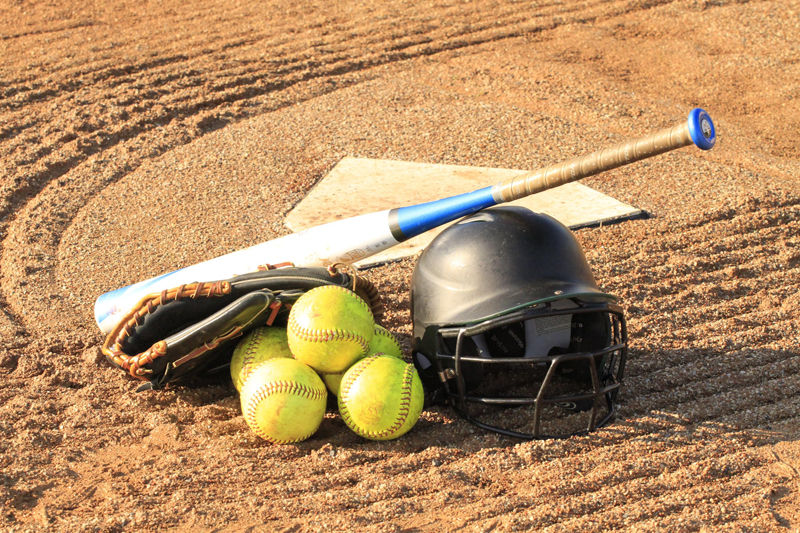Scorekeeping an RBI

| A RUN BATTED IN is a run scored because of: A. A safe hit. B. A sacrifice bunt (Fast Pitch), a sacrifice slap hit (Fast Pitch) or a sacrifice fly (Fast Pitch and Slow Pitch). C. An infield put out or fielder’s choice. D. A runner forced home because of obstruction, a hit batter or a base on balls. E. A home run and all runs scored as a result. F. Subject to the provisions of Rule 11, Section 4G, when the batter ends a game with a safe hit which drives in as many runs as are necessary to put a team in the lead, the batter shall be credited with only as many bases on the hit as are advanced by the runner who scores the winning run, and then only if the batter runs out the hit for as many bases as are advanced by the runner who scores the winning run. G. When the batter ends a game with a home run hit out of the playing field, all runners on base are entitled to score. |
What about errors on the play? Here, ASA Softball differs completely from baseball scorekeeping. Note that Rule 11, section A says “A safe hit”, not “A base hit”. This implies that if there is an error on the hit that allows the batter to safely reach first base and a runner scores, the batter should get credit for an RBI. We will tease this out a bit more with an example.
With a runner on third, the ball is hit to the third baseman, and the ball goes right between her legs into the outfield, allowing the batter to reach first base and the runner on third to score. Chalk up an RBI to the batter. Now, let us change the scenario with the third baseman cleanly fielding the ball, but making a wild throw allowing the batter to be safe and the runner on third to score. The batter gets credit for an RBI, not because of Section A, but because of Section C, as we would treat the play as a put out or fielder’s choice. Finally, let us change the scenario a third time. This time, the ball is hit to the third baseman and the runner on third breaks for home when the ball is hit. Instead of throwing to first base, the third baseman throws home attempting to get the runner thrown out, but the catcher drops the throw and the runner scores. Here, an error was made on the play in which the run scored, so the batter would not get credit for an RBI (if there was no error on the play at home, the runner would have been out and no run would have scored). Bottom line, unless the error directly allows the run to score, the batter gets credit for an RBI.
An illegal pitch in Fast Pitch Softball is similar (but different…hmmm…one more new article to write in the future) to a balk in baseball. If the pitcher makes an illegal pitch, the ball is not put in play (note that most illegal pitches in Softball are a delayed dead ball unless the batter hits the ball), and a run scores as a result of the illegal pitch, the batter does not get credit for an RBI as she did nothing but stand there to drive the run in.
Every time a batter hits an RBI or multiple RBI, I make one large dot for each RBI in the lower left corner of the batter’s box in the scorebook. This way, the coach can see which at bat scored runs for his team. I also mark total RBIs under the player’s name so I can quickly tabulate them at the end of the game.
BellaOnline Softball Subject List: Coach´s Box, Health & Medical, History of Softball, International Softball, Organizations, Parents , Professional Softball, Reviews, Rules & Regulations, Scorekeeping, Stats & Analysis, Travel Ball |
This site needs an editor - click to learn more!
You Should Also Read:
Scorekeeping an Infield Hit
Scorekeeping an Outfield Hit
Scorekeeping an Error in Softball
Related Articles
Editor's Picks Articles
Top Ten Articles
Previous Features
Site Map
Content copyright © 2023 by Don McKay. All rights reserved.
This content was written by Don McKay. If you wish to use this content in any manner, you need written permission. Contact
BellaOnline Administration
for details.


